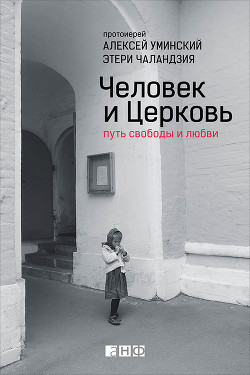London's Trafalgar Square is one of the world's best known public places, and during its relatively short history has seen violent protest, imperial and royal spectacle and wild national celebration. This book draws together scholarship on national identity, cultural geography, and the histories of Britain and London to ask what role the Square has played in narrating British national identity through its many uses. The author focuses on a series of examples to draw out her arguments, ranging from the Suffragettes' use of the site in the early twentieth century to the Fourth Plinth contemporary art scheme in the early twenty-first. The book explores how different users of the Square have understood national identity, and how the site itself has shaped this narrative through its built elements and history of use. Ultimately, 'Trafalgar Square and the Narration of Britishness, 1900-2012' uses the Square to explore the processes by which urban public place can help to construct, maintain or transform national identity.



 9.44 (865)
9.44 (865) 














